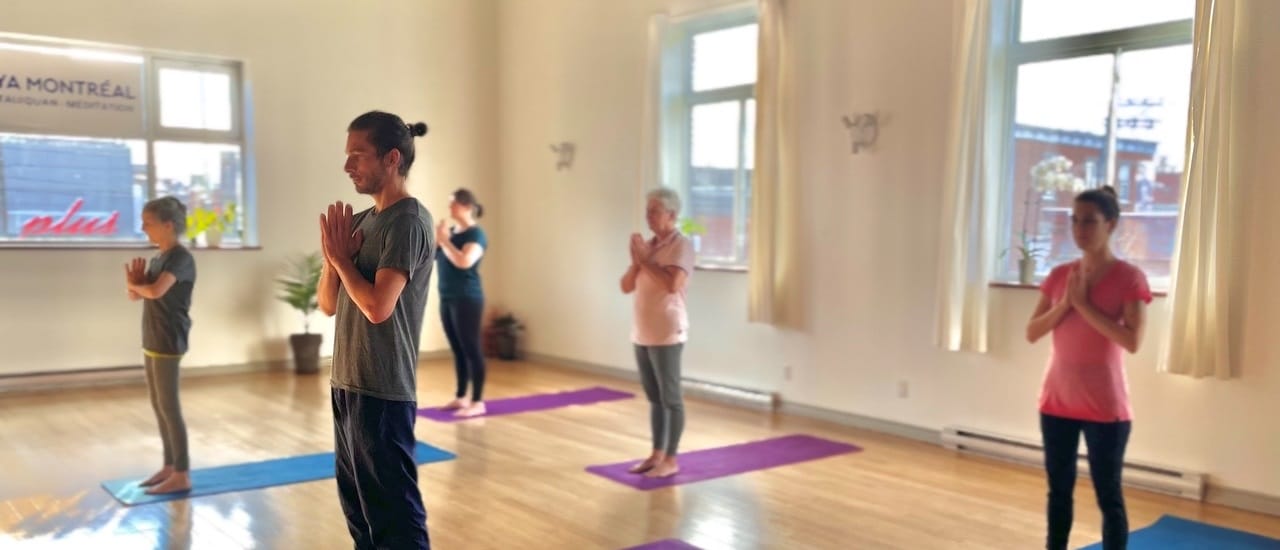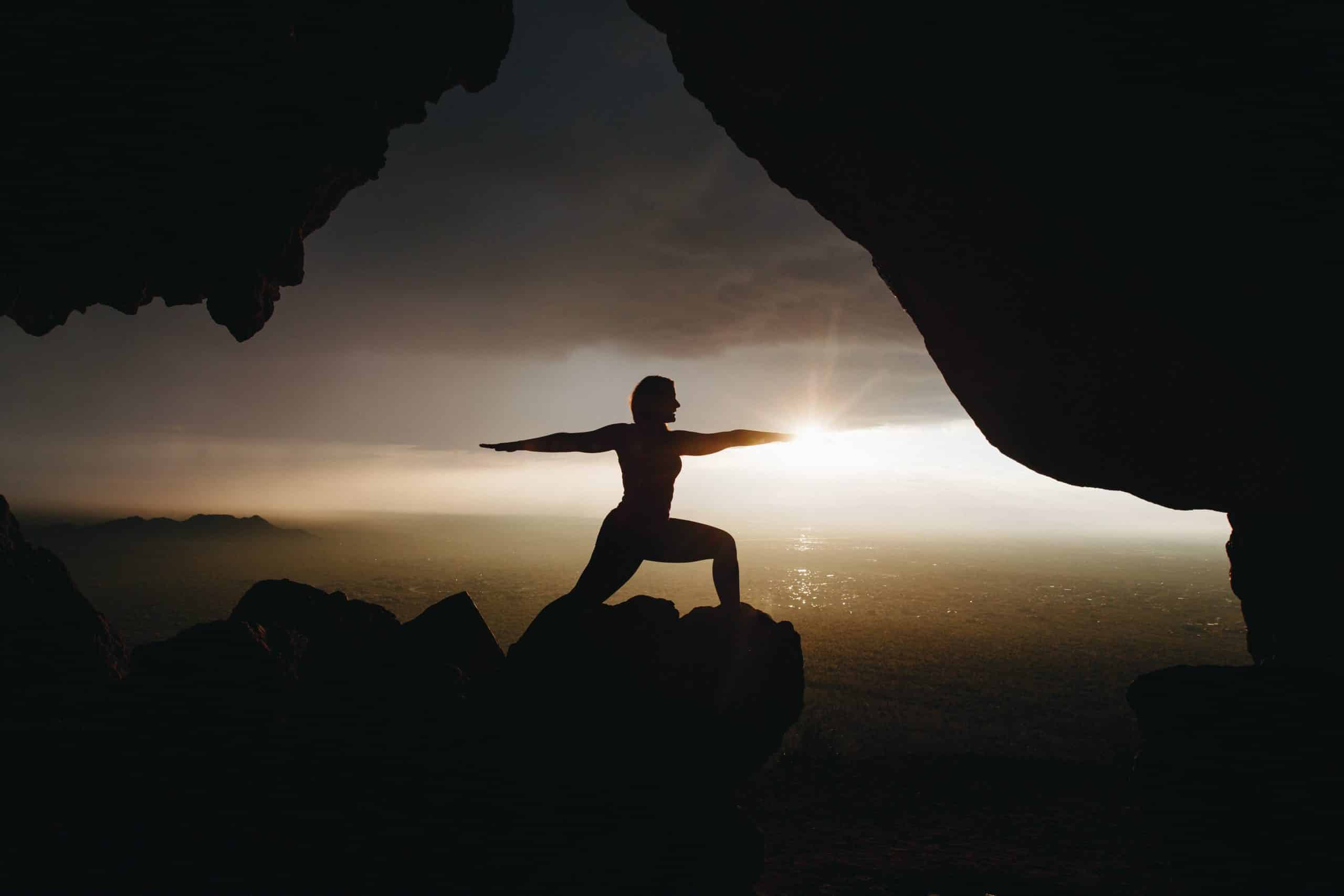The yoga tradition considers the human being as a whole composed of 5 bodies, from the most “gross” to the most “subtle”:
- The physical body
- The energetic body
- The emotional body
- The mental body
- The subtle body
These bodies are interdependent, and each one is related to the one below and above.
The emotional body
The emotional body is made up of all our emotions, from the most unpleasant to the most pleasant. It is interesting to define an emotion: it is a thought, associated with a feeling
+ pleasant, causing attraction, or
– unpleasant, causing repulsion.
We experience emotions, which are internal, most often in reaction to an external situation (or a memory, a mental projection, etc.). Our daily life is thus continuously marked by emotions.
Emotions in the yogic tradition
The Yoga tradition integrates emotions into the practice and the work of refining our being in general. It classifies them in terms of vibrations, from the densest, such as hate and anger, to the most subtle and elevated vibrations: joy and peace.
The emotional body can be worked on by stimulating the physical and energetic body: it is when we are comfortable, full of vitality, that we are most apt to feel positive emotions (conversely, when we are tired or ill, we tend to feel stress, fear, etc.). ). Postural practice and pranyama are particularly effective in getting us in a condition to feel the desired calmness, a stabilisation of the emotional body, which is an essential condition for meditation.
Devotional traditions
In the tradition, emotions are also stimulated through devotional practices: chanting, prayer, etc. The more refined the object of devotion, the more we purify our emotions.
We also find them in art: for example, the essence of poetry lies in the essence of emotions, their juice, also called Rasa. The aim is to transmit the emotion, to “make the spectator taste” the art.
Le Suryashtanga
Suryashtanga Yoga allows you to work on the emotional body from the asanas, notably with the 5 breaths, to pranyama and meditation. It is a formidable toolbox for everyday life to balance emotions, to calm them and to control stress, also called “the evil of the 21st century”.




